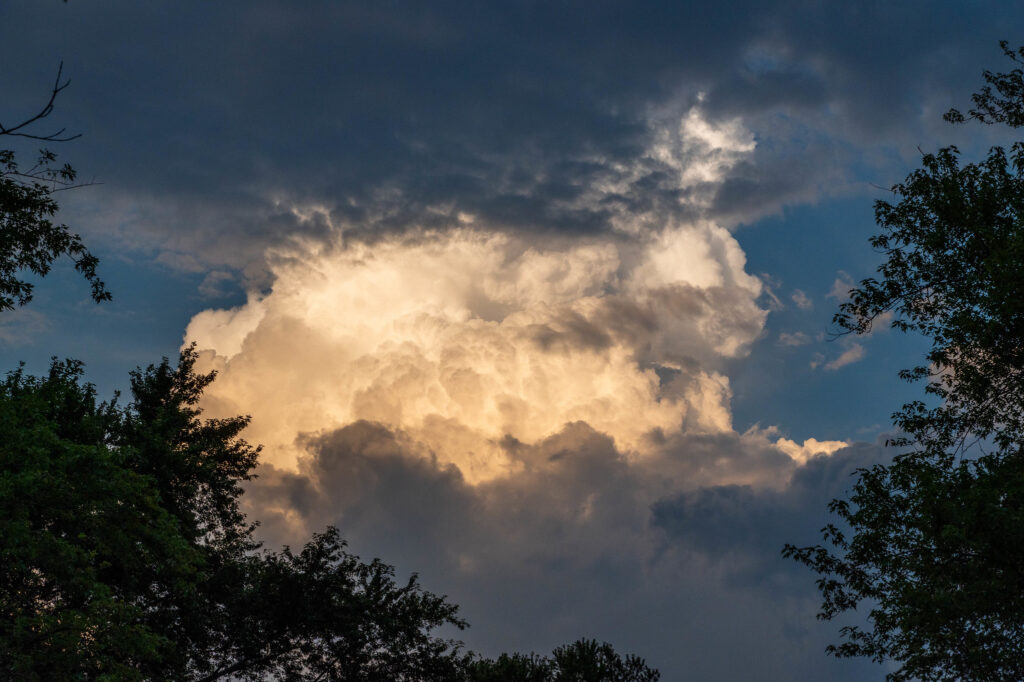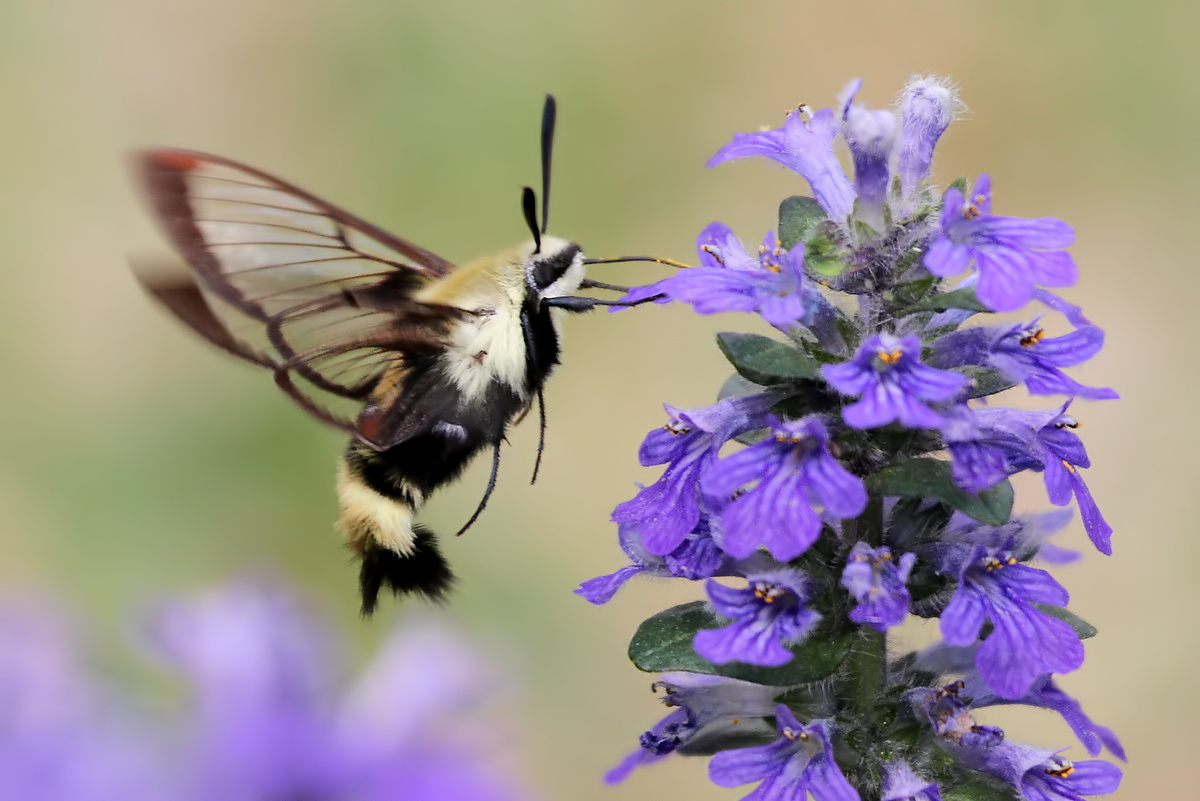Clouds are an ever-present source of interest and entertainment. Not only do they inspire songs, stories, paintings, and pictures; they also help us predict weather patterns and plan for outdoor activities. So, what exactly is a cloud?
A cloud is a mass of water droplets suspended in the atmosphere. It forms when moisture in the air changes from a gas (water vapor) to a liquid (water droplets), a process called condensation. Condensation occurs when the temperature of the air cools below the saturation point. This process releases heat into the atmosphere, helping to fuel the development of storms.
In 1803, a British pharmacist and amateur cloud watcher named Luke Howard developed the cloud naming system that we still use today. Most cloud names are descriptive and are derived from Latin. For example, if the clouds are puffy and piled up, they’re called cumulus (from the Latin for “heap”); if they’re widespread and flat, they’re called stratus (from the Latin for “layer”).
High altitude cloud names begin with the prefix cirro- from the Latin meaning “curl.” Mare’s Tails are feathery-looking white cirrocumulus clouds that form above 20,000 feet ahead of approaching warm fronts. Cirrostratus clouds are high-altitude white clouds that look like little rows of ripples.
The prefix “alto” describes mid-altitude clouds. Altocumulus clouds are usually puffy and cauliflower-like, while gray altostratus clouds are formless and widespread. If the cloud name includes the word “nimbus”, it indicates rain. Ominously dark cumulonimbus clouds indicate an approaching cold front, while nimbostratus clouds (flat, gray, overcast) predict an approaching warm front and bring drizzle or steady all-day rain.
Unusual clouds can form under specific sets of circumstances. Contrails are cirrus clouds that form from the exhaust of jet planes. Dark anvil clouds can tower high into the upper atmosphere where friction from rapidly rising and falling air molecules produces lightning. Funnel clouds are rotating columns of air that extend downward from the bottom of cumulonimbus clouds. If a funnel cloud touches the ground, it becomes a tornado. Shelf clouds usually occur at the leading edge of a thunderstorm. Lenticular clouds usually form on the leeward side of mountain ranges and have been mistaken for flying saucers. Fog is a ground-level cloud that often dissipates as the morning sun warms the air.
Puffy white Cumulus clouds are probably the most fun to watch on a summer day. Their constantly shifting patterns can be a sort of Rorschach test because the same cloud can look like different things to different people.
The best-selling cloud song of all time, Both Sides Now, written by Canadian singer-songwriter Joni Mitchell and recorded first by Judy Collins, describes a cloud’s variable features and reminds us that clouds are really illusions. Their constantly changing patterns, shapes, and hues are much like the circumstances of our lives; remarkable but impermanent.
The wide-open spaces of the Mid-west make it easy go cloud-watching. All you need is the sky and your imagination. One very enjoyable place to find that dreamy feeling is the tallgrass prairie of Red-tail Nature Preserve in Selma, IN. Open from dawn to dusk, visitors can rest on the plaza, look skyward, and sigh out their worries like wind pushing storm clouds away.
Sheryl Myers taught biology and environmental science for 34 years and has worked as a naturalist for area parks. She is a founding board member of Red-tail Land Conservancy.
Photo credit Kyle Johnson




